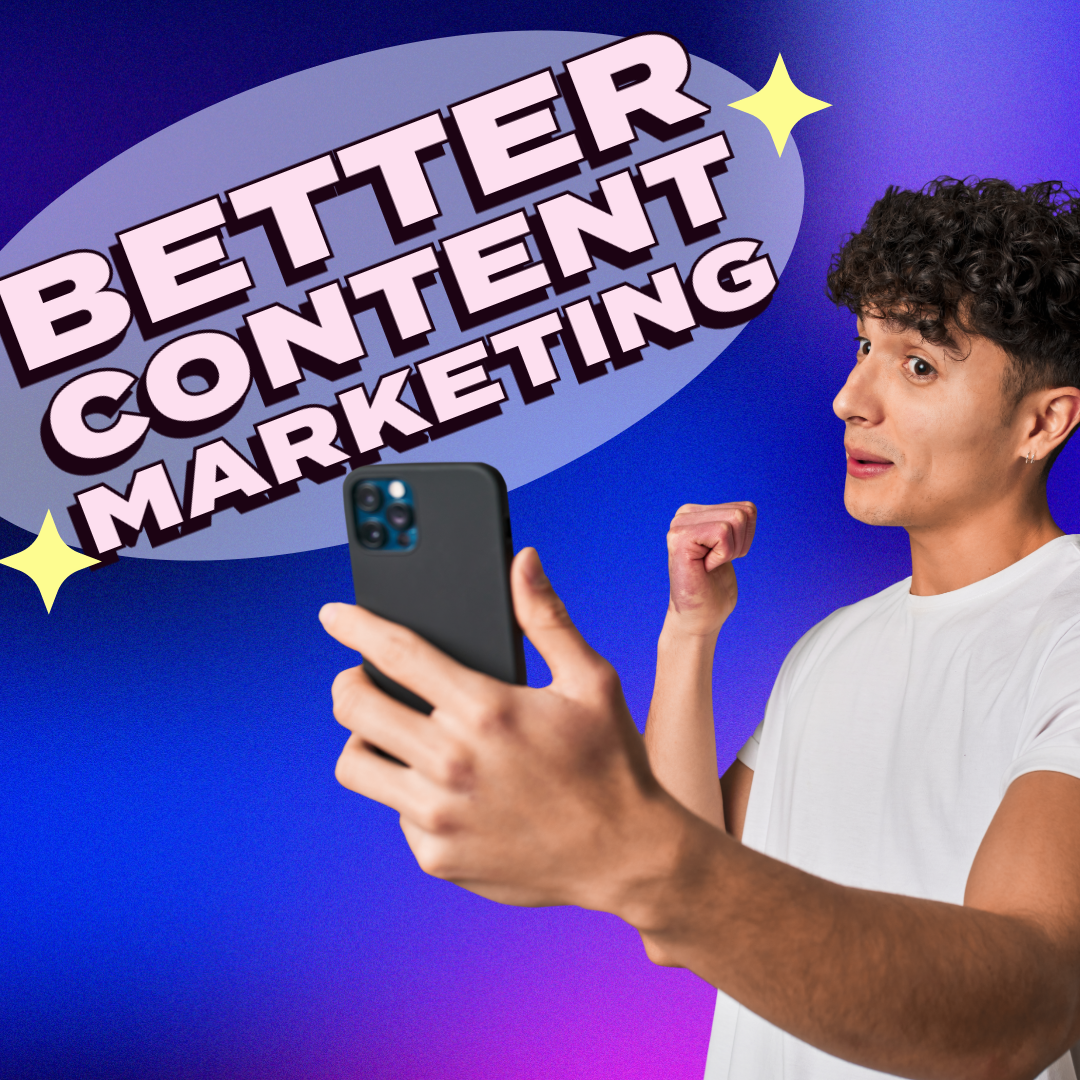What Is the Sales Funnel? A Guide for Small Businesses
How can your business convert more customers?
How can small businesses sell and market better with the sales funnel?
This simple guide is here to explain every stage and how your business can effectively leverage it to convert more customers.
What is a Sales Funnel?
A sales funnel is a model that represents the journey a customer goes through before making a purchase. It's called a funnel because it starts broad at the top, where potential customers first become aware of your product or service, and narrows down as they move closer to making a decision, much like a funnel narrows towards its end.
Stages of the Sales Funnel
Awareness: This is the top of the funnel where potential customers first learn about your business. It could be through social media, word of mouth, or online advertising. Your goal here is to grab attention and spark interest.
Interest: Once you've captured their attention, potential customers move to the interest phase. Here, they start learning more about your products or services. Content marketing, email campaigns, and targeted advertising play crucial roles at this stage.
Consideration: In this stage, potential customers are considering your product or service but are also looking at other options. They are comparing features, prices, and reviews. Your task is to stand out with compelling USPs (Unique Selling Propositions), testimonials, and demonstrations.
Intent: At this point, the prospect shows a clear intent to purchase your product. They might add items to a shopping cart on your website or reach out for a quote. Engaging with them through personalized communication or special offers can be effective here.
Evaluation:
This is where the customer makes the final decision. They may be weighing your offer against a competitor’s. Excellent customer service, guarantees, and final persuasive messages can tip the scales in your favor.
Purchase: The final stage is the actual purchase. However, your work isn't done. A good post-purchase experience can turn a buyer into a repeat customer and brand advocate.
4 Strategies to Optimize Your Sales Funnel
1. Content at Every Stage: Tailor your content to each stage of the funnel. Educational content works well at the top, while detailed how-to guides and testimonials are effective in the middle stages.
2. Track and Analyze Customer Behavior: Use tools like Google Analytics to understand where your prospects drop off. This data can help you refine your funnel.
3. Personalize Customer Experiences: Use customer data to personalize experiences at each stage. Personalization can increase the effectiveness of your marketing efforts.
4. Follow-Up Post Purchase:
Don’t forget about customers after the sale. Follow-up emails, loyalty programs, and asking for feedback can enhance customer retention.
Conclusion
Understanding and effectively managing your sales funnel is crucial for the success of your small business. By guiding your potential customers through each stage with targeted strategies, you can increase conversions and build long-lasting customer relationships. A well-optimized sales funnel never truly ends; it's a cycle of attracting, engaging, converting, and retaining customers.










